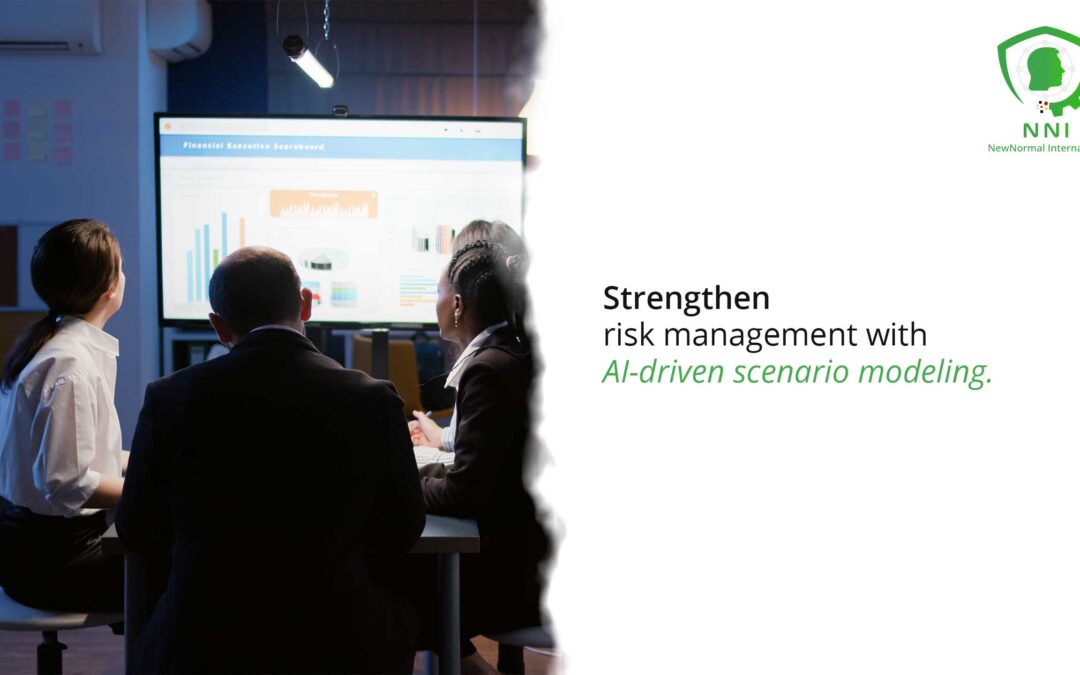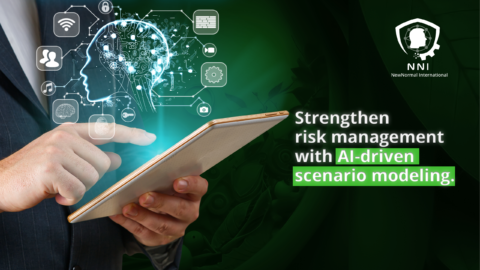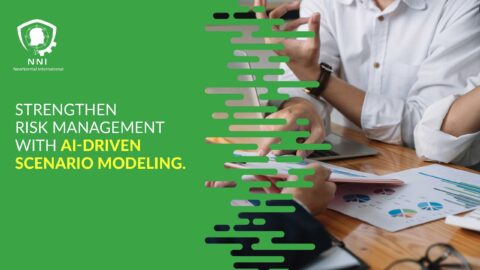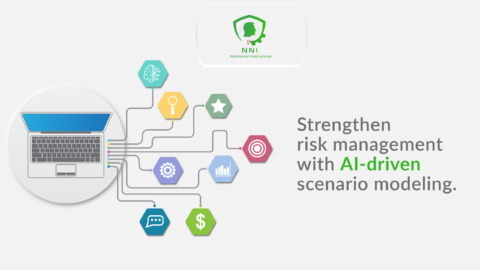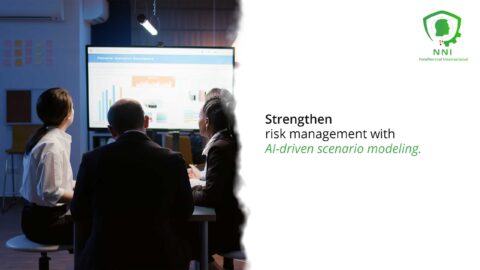Transforming Business Strategy with Advanced AI Technology
In an era where business uncertainties are ever-present, the ability to strengthen risk management with AI-Driven Scenario Modeling has become a critical asset for companies looking to navigate complex market dynamics. This article explores the integration of AI-driven scenario modeling in risk management and its impact on business decision-making.
The Advantages of AI-Driven Scenario Modeling in Risk Management
In today’s dynamic and often unpredictable business environment, traditional risk assessment models often fall short. The future is rarely a linear progression, and relying solely on historical data can leave businesses unprepared for unforeseen challenges. This is where AI-driven scenario modeling emerges as a transformative force, empowering businesses to navigate uncertainty with confidence.
Leveraging the power of advanced algorithms and machine learning, AI-driven scenario modeling takes risk assessment to a whole new level. By analyzing vast amounts of data, including historical trends, market fluctuations, and external factors, these models can simulate a multitude of potential future scenarios, allowing businesses to:
1. Identify and Analyze Potential Risks: AI-driven models can identify hidden risks and vulnerabilities that traditional methods might overlook. By simulating various scenarios, businesses can proactively assess the potential impact of these risks, allowing them to prioritize their risk management efforts and develop effective mitigation strategies.
2. Enhance Forecast Accuracy and Decision-Making: By considering a wider range of potential outcomes, AI-driven models provide more accurate and nuanced forecasts compared to traditional approaches. This enhanced understanding of the future landscape empowers businesses to make informed decisions and develop flexible strategies that can adapt to changing circumstances.
3. Improve Crisis Preparedness and Resilience: By simulating potential crises and disruptions, AI-driven models help businesses develop comprehensive contingency plans and test their response capabilities. This proactive preparedness allows them to respond to unforeseen challenges more effectively, minimizing disruptions and ensuring business continuity.
4. Optimize Resource Allocation and Investment Strategies: The insights gleaned from AI-driven scenario modeling can inform resource allocation decisions and optimize investment strategies. By identifying potential opportunities and areas of risk, businesses can direct resources towards areas that offer the highest potential return and minimize exposure to potential losses.
5. Foster a Culture of Proactive Risk Management: By integrating AI-driven scenario modeling into their risk management processes, businesses can cultivate a culture of proactive and data-driven decision-making. This shift in mindset empowers employees at all levels to identify and address risks proactively, leading to a more resilient and adaptable organization.
Beyond these immediate benefits, AI-driven scenario modeling offers a unique opportunity for businesses to break free from the shackles of traditional risk management models. By embracing this innovative approach, businesses can gain a deeper understanding of the future landscape, anticipate potential challenges, and develop agile strategies that enable them to thrive in an ever-evolving world.
In conclusion, AI-driven scenario modeling is not just a technological marvel; it’s a paradigm shift in risk management. By empowering businesses to navigate uncertainty with confidence, anticipate and mitigate potential risks, and prepare for a diverse range of scenarios, it paves the way for a future of resilience, adaptability, and unparalleled success. Embrace the power of AI-driven scenario modeling and transform the way you manage risk, ensuring that your business is always prepared for whatever tomorrow may bring.
Change Management and AI in Risk Assessment
Effective change management is essential in integrating AI-driven scenario modeling into risk management strategies. Adapting to this advanced approach requires businesses to embrace technological changes and foster a culture that values data-driven decision-making.
Executive Leadership in Navigating AI-Driven Risk Management
The success of implementing AI-driven scenario modeling lies in leadership. Executive coaching can equip business leaders with the necessary skills to understand and leverage AI technologies, guiding their teams towards effective risk mitigation strategies.
Effective Communication in AI-Based Risk Management
Effective communication plays a pivotal role in the adoption of AI-driven scenario modeling within an organization. Clearly articulating the benefits and methodologies of AI-enhanced risk management ensures alignment and buy-in from all stakeholders.
Leveraging Generative AI for Enhanced Risk Prediction
The use of generative artificial intelligence can significantly elevate scenario modeling in risk management. Generative AI can simulate a vast range of scenarios, providing comprehensive insights that empower businesses to make more informed and strategic decisions.
Conclusion AI-Driven Scenario Modeling
In conclusion, the strategy to “Strengthen risk management with AI-driven scenario modeling” represents a forward-thinking approach to business strategy. By embracing AI in risk management, companies can gain a competitive edge through enhanced predictive insights and more robust decision-making processes.
#RiskManagement, #AIScenarioModeling, #BusinessStrategy, #AIinBusiness, #PredictiveAnalytics


